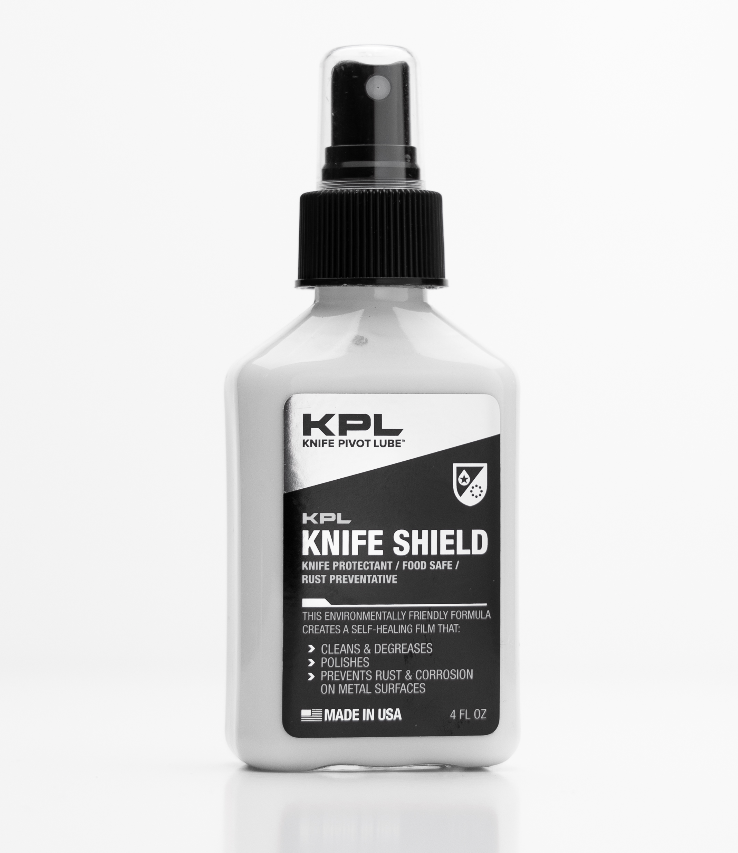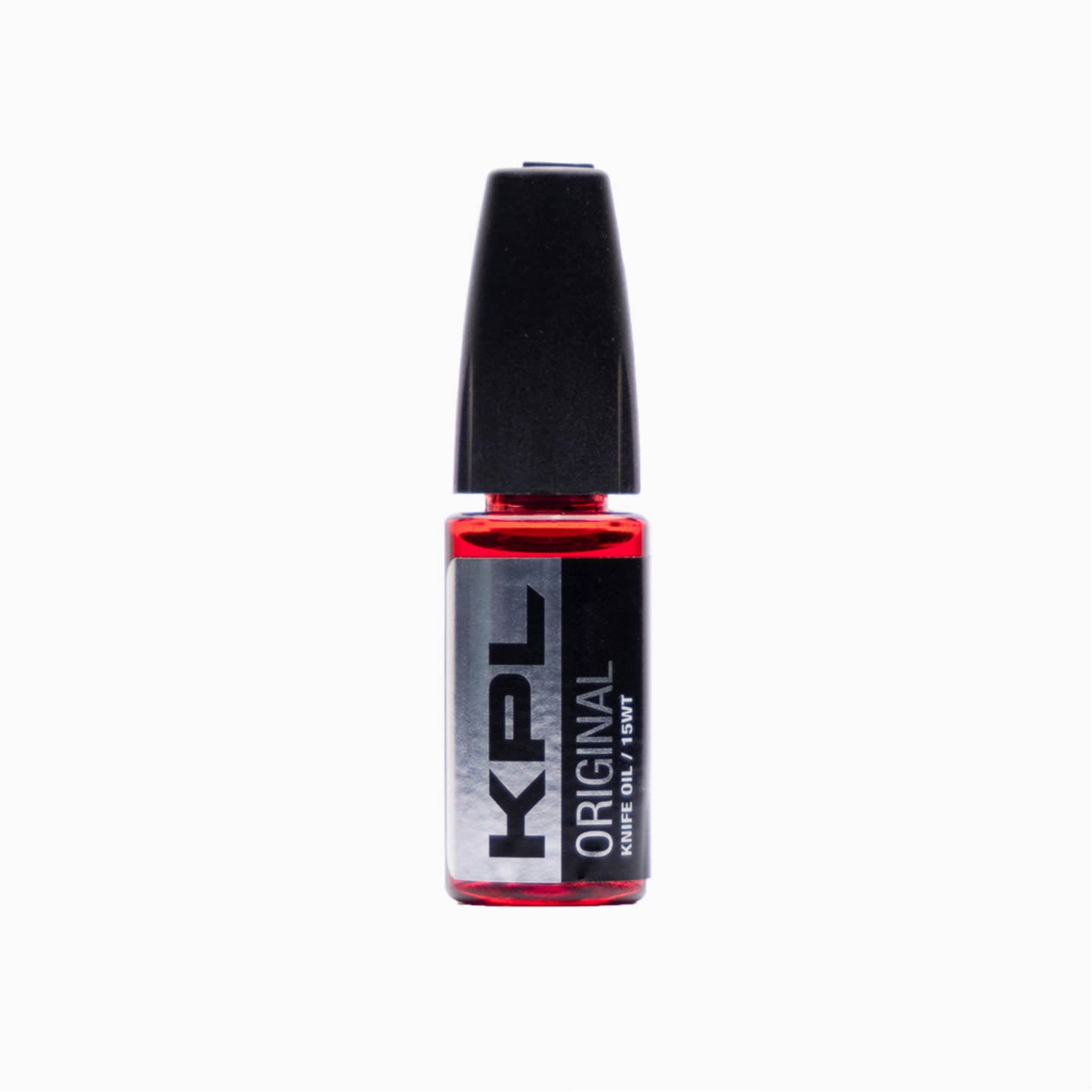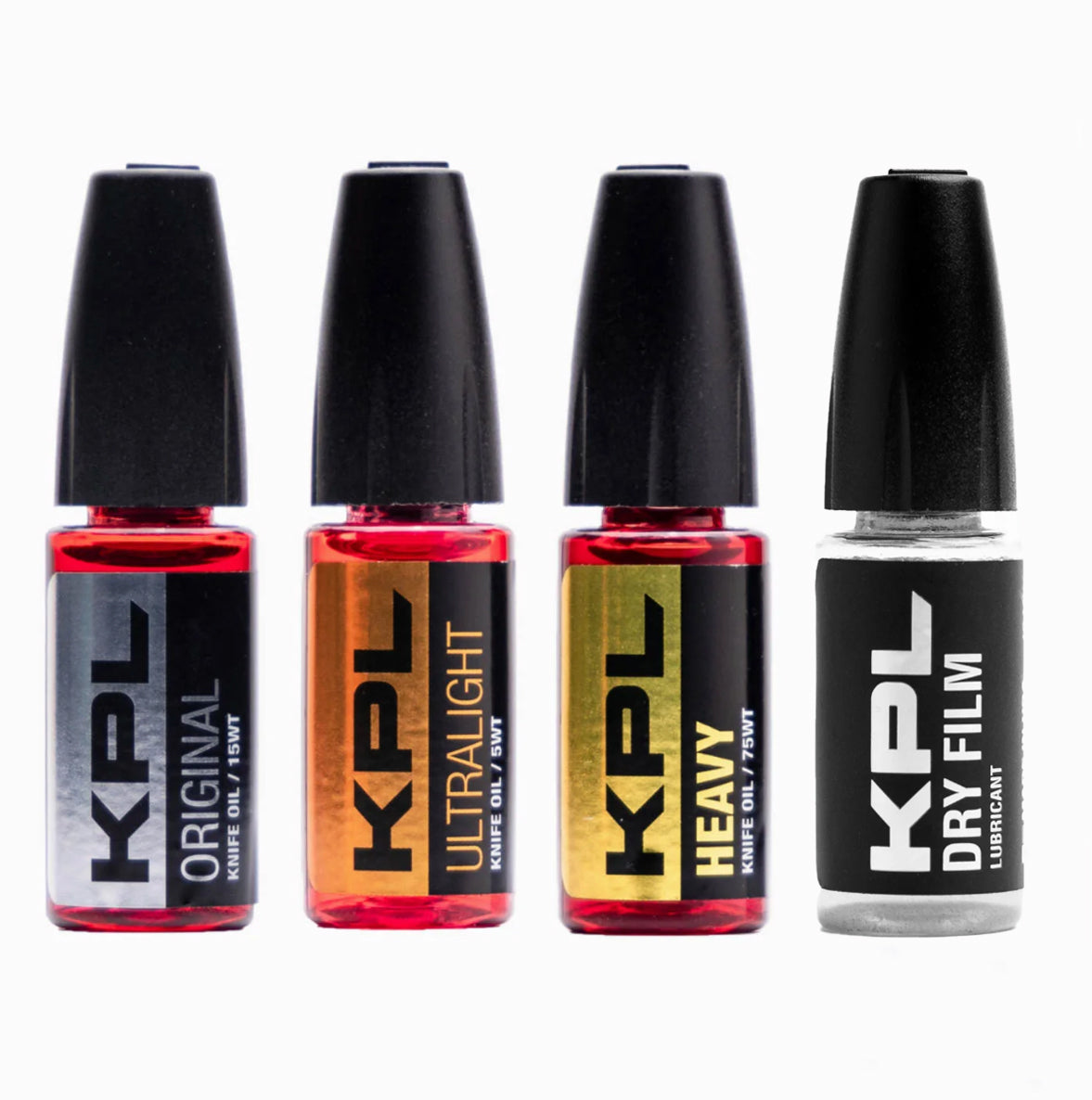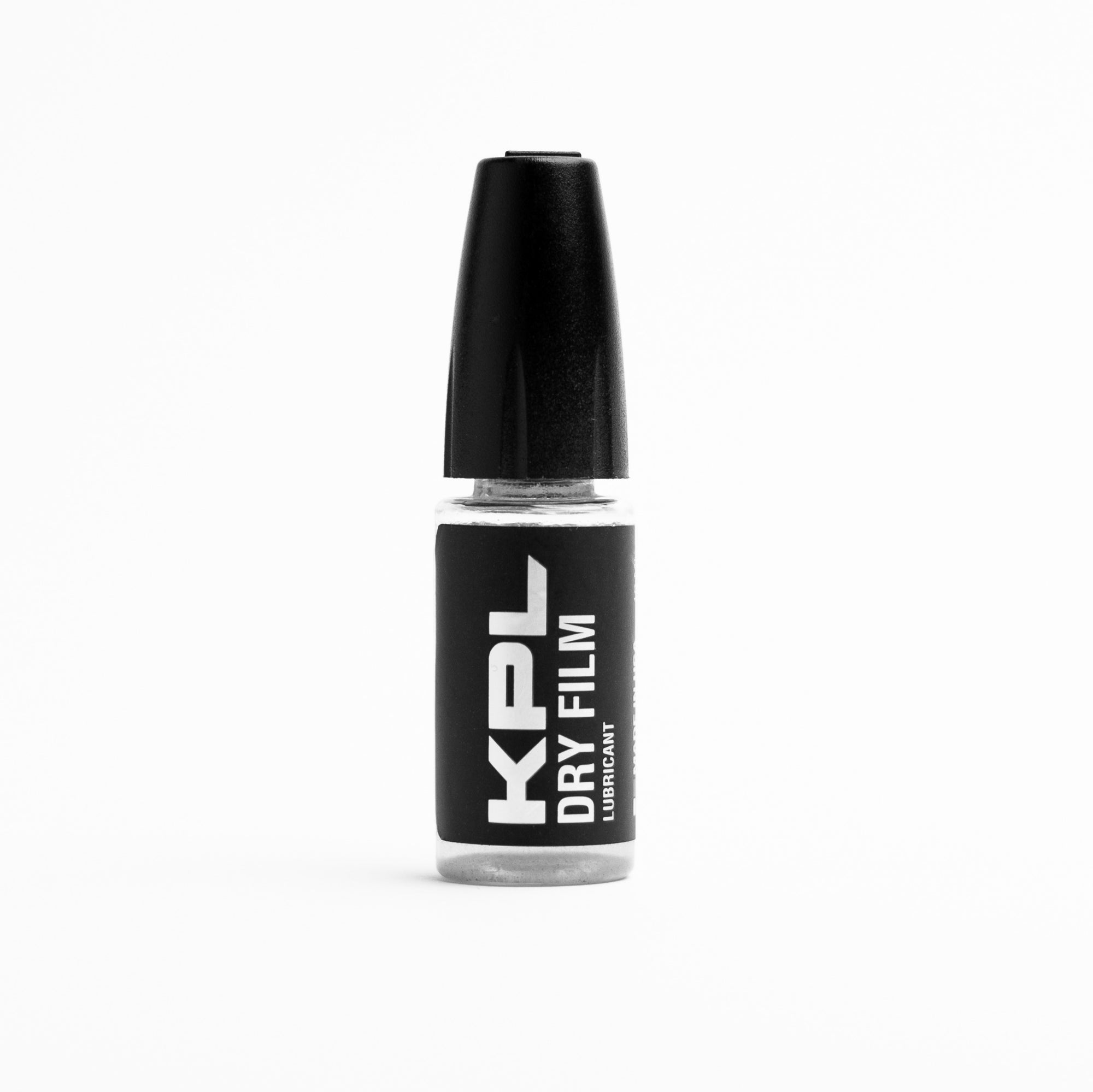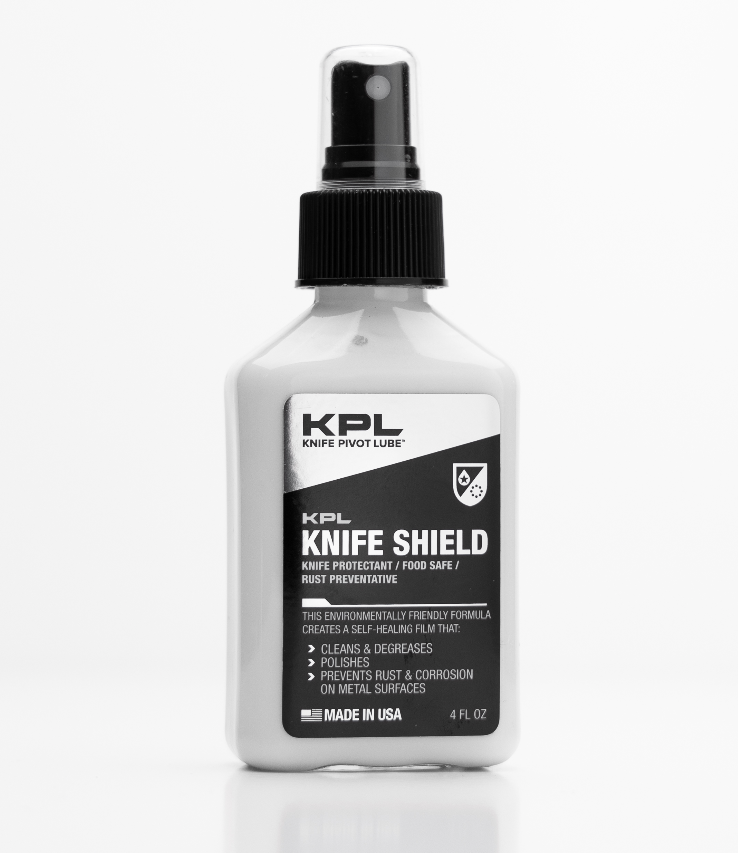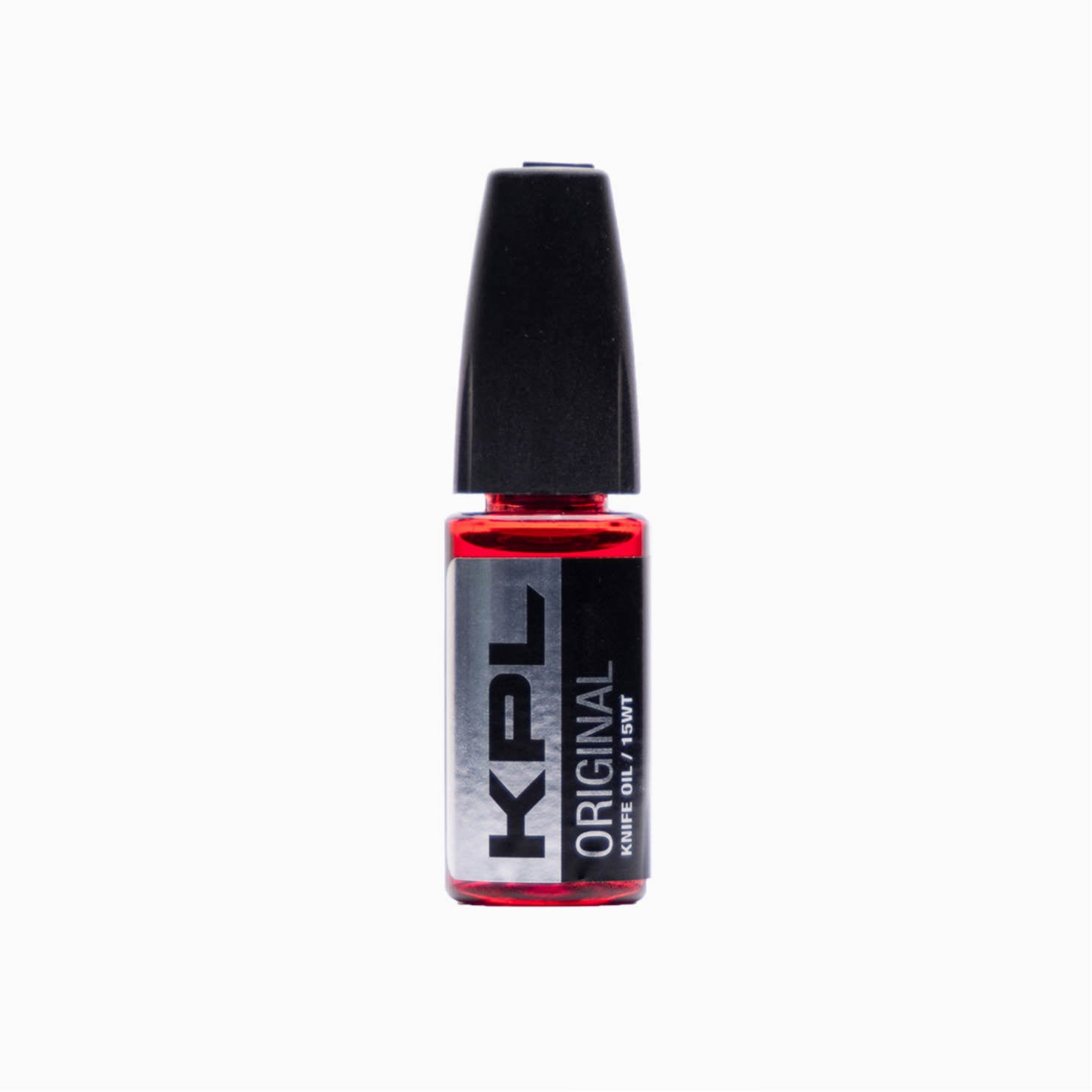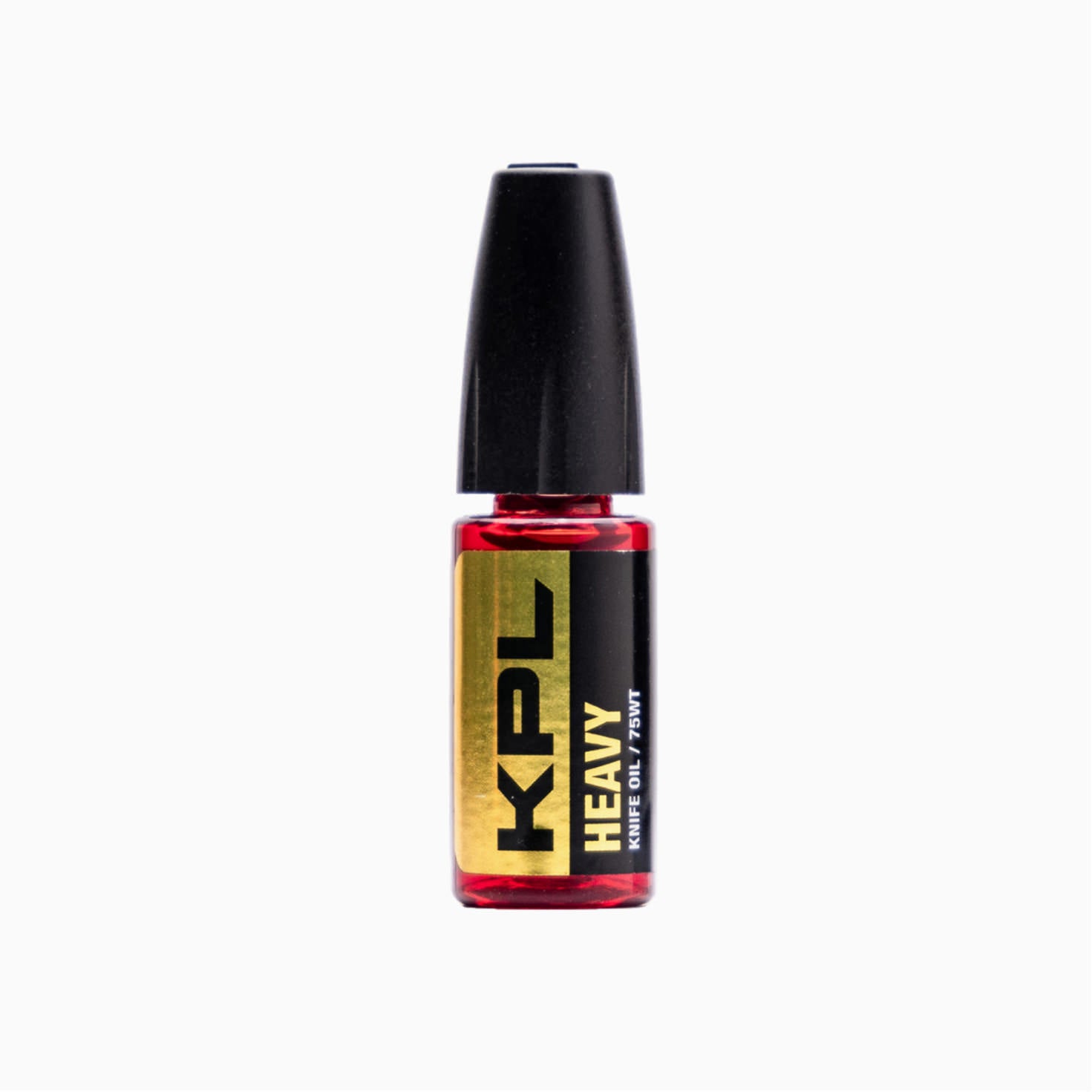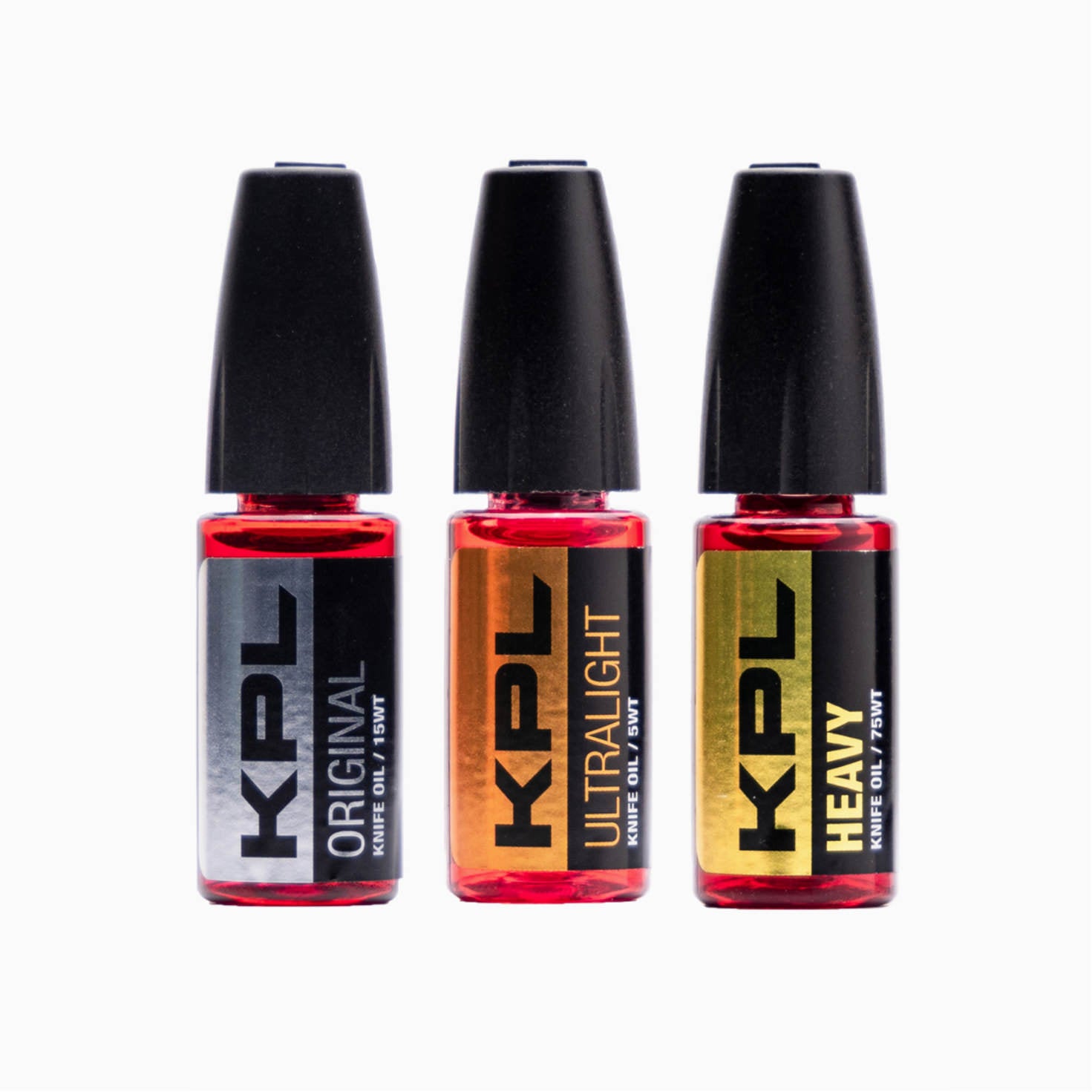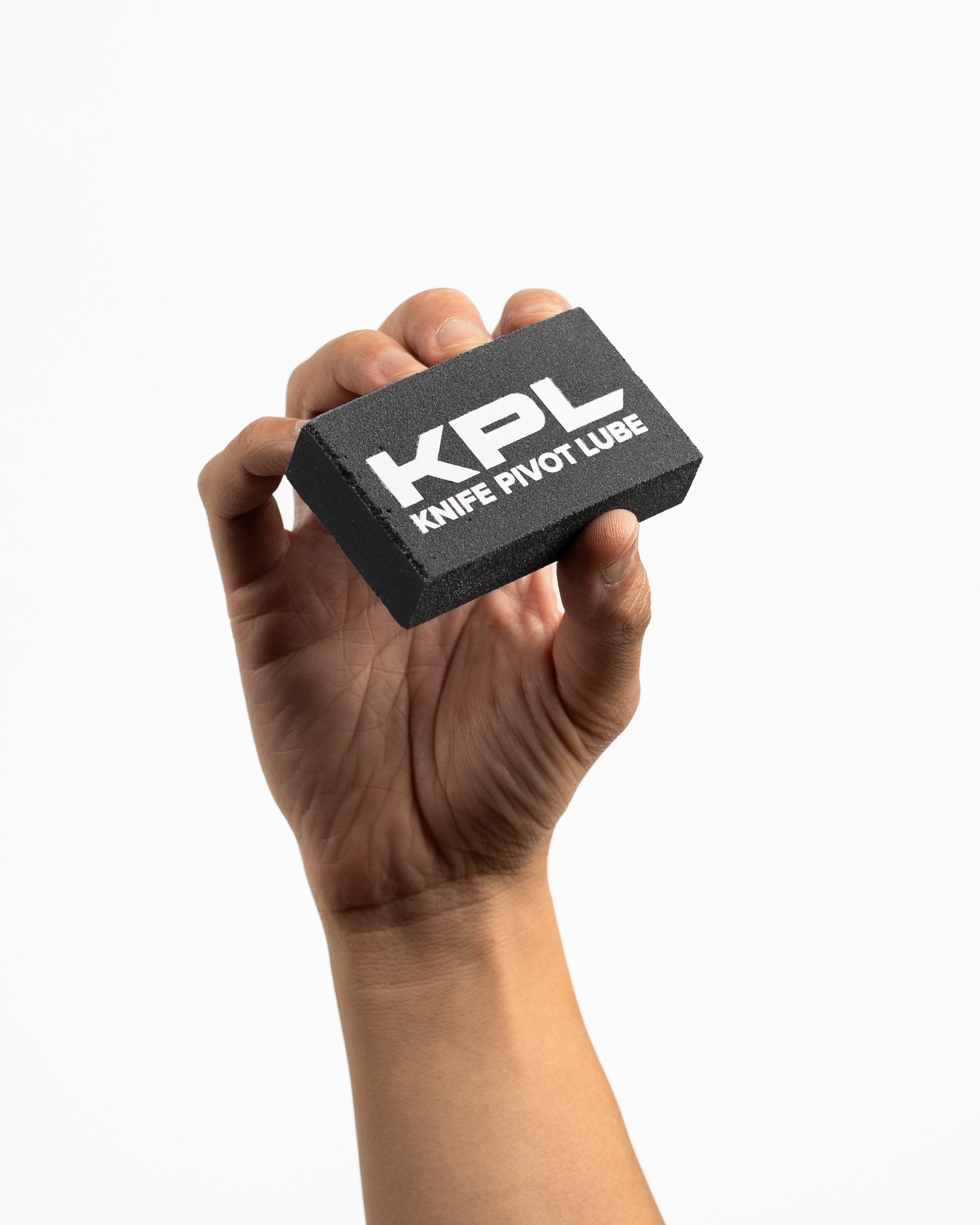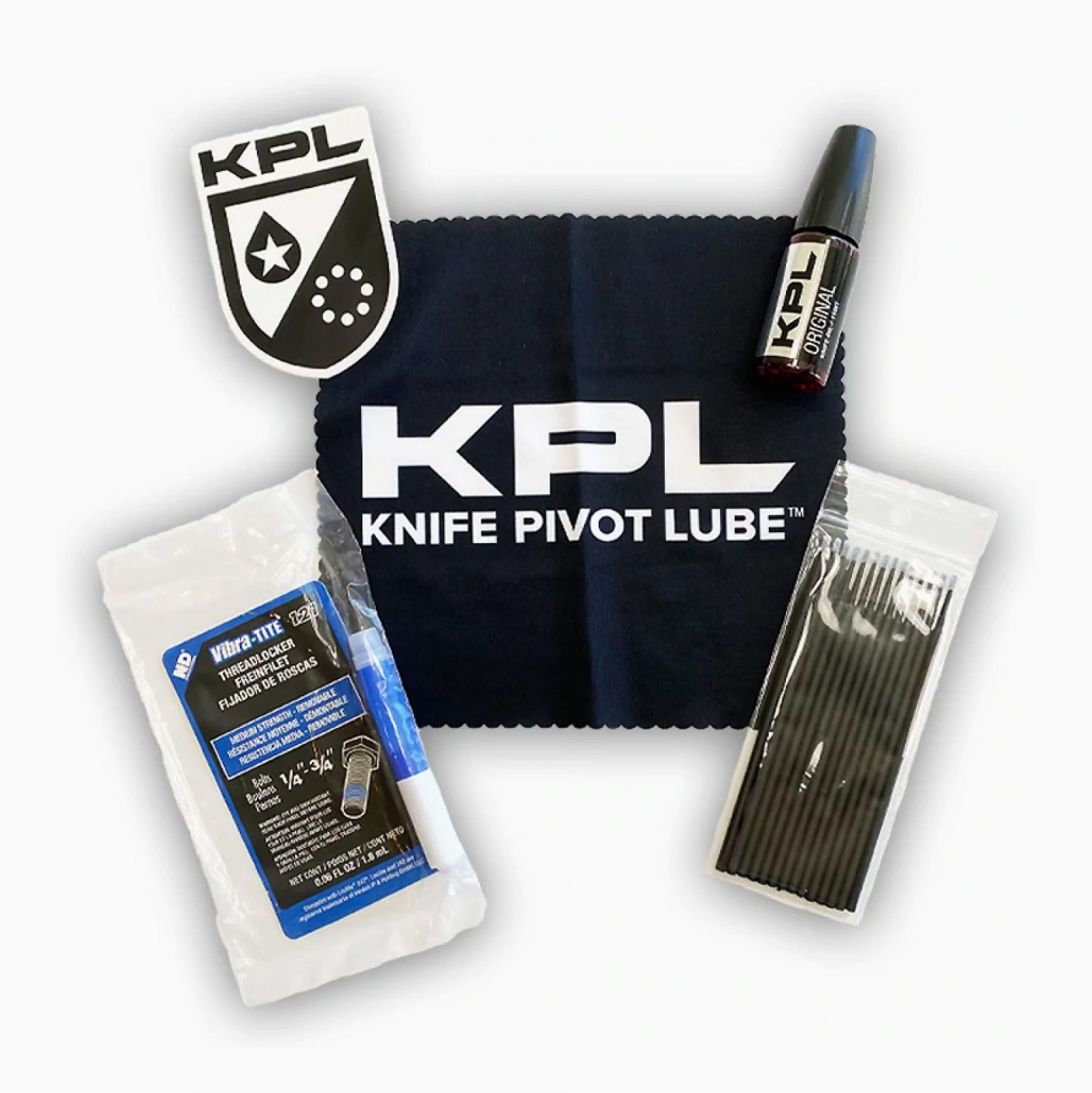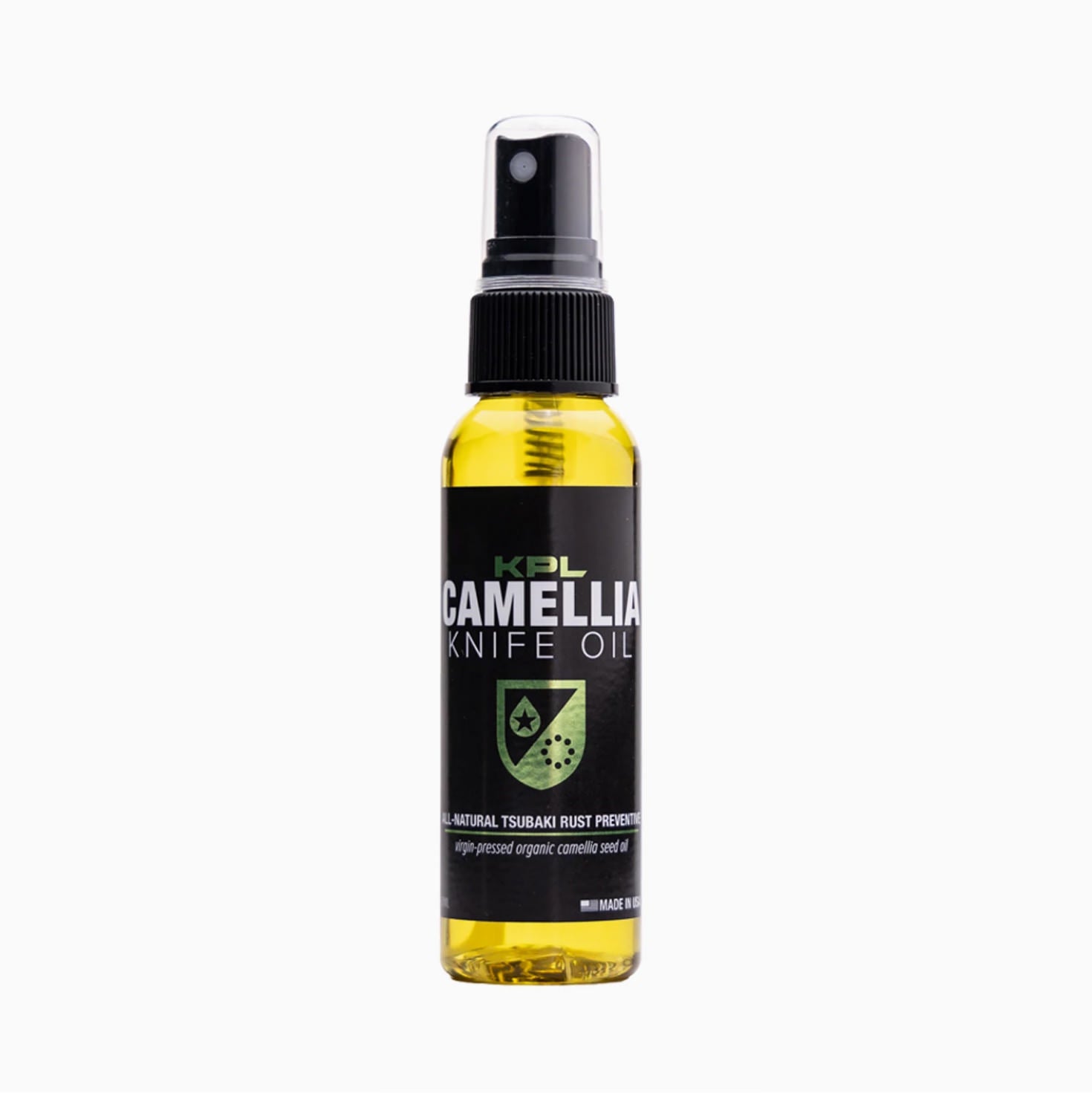Origins of the Locking Folding Knife
Folding knives have been in existence for thousands of years, with the first known folding knife dating back to around the 6th century BCE. Locking folding knives are a more modern invention, but even they date back as far as the 1600s.
Early locking knives were complicated and expensive to produce, making them not very popular with the general public. This all changed in the 1960s, though, with Al Buck and the venerated Buck 110 Folding Hunter and its backlock mechanism.
The backlock was the first reliably mass produced locking blade and completely changed the way people carry and use folding knives. Modern locking folding knives come in many different varieties, and though this article will not cover them all, we will be discussing the more common and readily available locking systems and some of their pros and cons.
Although this article will describe relevant knife parts and use pictures to show how different knife locking mechanisms work, check out our article all about the Anatomy of a Pocket Knife for a quick refresher on the different components that make up folding knives.
Locking Systems of Folding Knives
BACKLOCK

The backlock (also referred to as "lockback") was the catalyst behind the systems of modern locking folding knives. With some changes to the original designs and a few variations from different makers, it remains a popular type of folding knife locking mechanism to this day.
The backlock system involves a rocker and a spring, with the release method on the back of the knife. When the blade is deployed, a hook on the rocker locks the blade in place.
To release the blade, the exposed part of the rocker is depressed and the hook is lifted, allowing the blade to fold back into the handle. Depending on the design of the knife, the depressible area may be located in the middle or towards the back of the spine of the knife handle.
A well-made backlock knife provides a very solid and reliable lock up that allows the folding knife to be used in situations that would otherwise be better suited for a fixed blade.
The main disadvantage of the backlock system is that the high spring tension makes one handed opening extremely difficult, and they are nearly impossible to close one handed. Despite this, the backlock remains popular for its reliability and is loved by many traditionalists.
LINERLOCK

The original linerlock knife was patented in the U.S. in 1906, but didn’t rise to popularity until the 1980s when Michael Walker created the first one handed opening linerlock knife. Linerlock knives commonly have handle scales made from micarta, G10, or some other composite material, with steel or titanium internal liners.
Linerlock knives work by utilizing a cutout in one of the liners that allows the liner to move underneath the blade when it is deployed, locking it in place. To close the knife the the liner must be pushed back towards the clip side allowing the blade to close.
This system's claim to fame when it was designed was the ability to open the knife one-handed, and in many modern versions of this system allows for one handed closing as well. This system is relatively easy to manufacture and has become a staple with budget-oriented knives, though higher end versions do exist.
The main drawback of liner locks is the lack of strength of the locking system, which can allow the lock to slip and fail in heavy use situations. Additionally, the liner and the lock face can wear down over time, impacting the knife’s ability to securely lock.
Framelock

Framelocks were designed in the 1980s by revered knife maker Chris Reeves in order to fix the shortcomings of the linerlock. This design used the thicker full metal back side of the knife to act in the same manner as a liner lock.
While initially this did help increase lock strength, it came with the disadvantage of increased weight due to the use of steel frames. In the 1990s Reeves introduced the titanium frame lock to reduce weight, and later the steel lock back insert was introduced to reduce wear from the interaction between the steel blade and the softer titanium frame.
Rick Hinderer then introduced the "over travel stop" into the frame to eliminate the issue of the lock moving past its intended position during rapid opening situations.
The frame lock has become the gold standard for many high end knife makers, as they are reliable, allow for the use of higher end titanium, and the incorporation of the lockbar inserts allow for knife longevity and reduced cost of repair. Framelocks allow for one handed opening and closing as well as rapid deployment of the blade.
The downside of framelock knives is that they are generally more expensive due to the cost of titanium and the need for precision machining. Though the locks are very strong, they require precise manufacturing to ensure there is no lock slip or lock stick.
Compression Lock

The compression lock is another derivative of the original liner lock. It was developed by Spyderco and introduced in its Paramilitary 2 knife.
This lock type can be thought of as a reverse liner lock, with the liner in the spine of the knife. This allows for improved safety when closing the blade because your fingers never need to be in the blade's path to close it.
Like the framelock, compression locks allow for one handed opening and closing, but come with increased costs associated with the precision machining required to manufacture this type of lock.
Axis Lock

Axis locks were made famous by Benchmade Knife Co. and are featured in a majority of their knife lineup. They were originally designed by Bill McHenry and James Williams in the late 1990s, and have since seen derivatives of the original design produced by other companies.
This system involves a sliding bar and two omega shaped springs. When the blade is deployed the bar will slide back, and the springs will push it back into place when the blade is fully opened, locking it in place.
This system is simple and requires very few parts, making it easy to repair if needed. These knives can also be easily opened and closed with one hand.
The main drawbacks of these knives is that they are prone to getting dirt and debris in the lock system, and the omega springs are a bit delicate and can break after extensive use. If you do need to clean out your axis lock knife (or any of your pocket knives), be sure to check out our article on How to Disassemble Your Folding Knife.
Button Lock

Button locks were traditionally used with automatic knives, however they have become more popular in recent years with manual folding knives. The concept of the button lock is very simple: pressing the button allows the blade to release, and when the blade is fully deployed the plunger fits into a hole in the blade to ensure it locks open.
While the concept is simple, execution is a more complex process requiring precise measurements and machining which can increase cost. When done well, this system offers an incredibly strong lock up with very little blade play.
Conclusion
Though this is not an exhaustive list of knife lock types, it does cover the most common and widely used lock types. Almost all of these lock types have a few derivatives and minor adaptations incorporated by different knife makers.
There are also a few odd ball types that I did not cover because they have not picked up enough traction to be used in multiple models or by multiple makers.
While each user has preferences, it is impossible to say which of these lock types is the "best". In any situation your best bet is to find the right tool for the job and go with the lock type that best suits the kind of work you will be doing.


